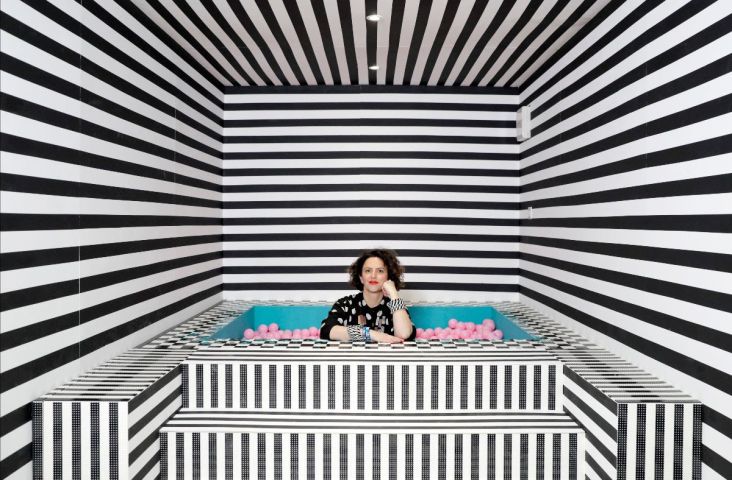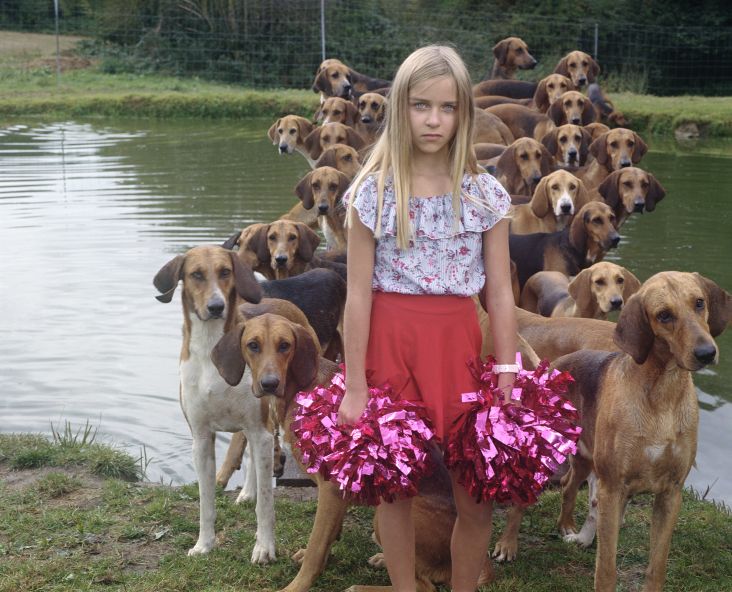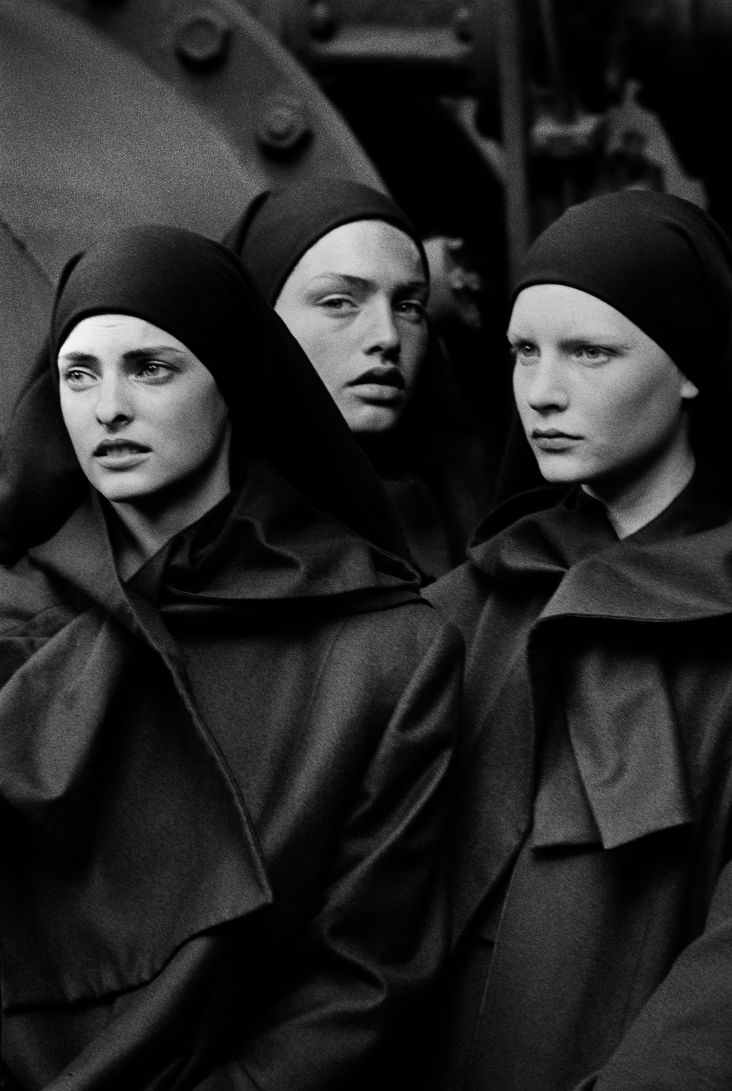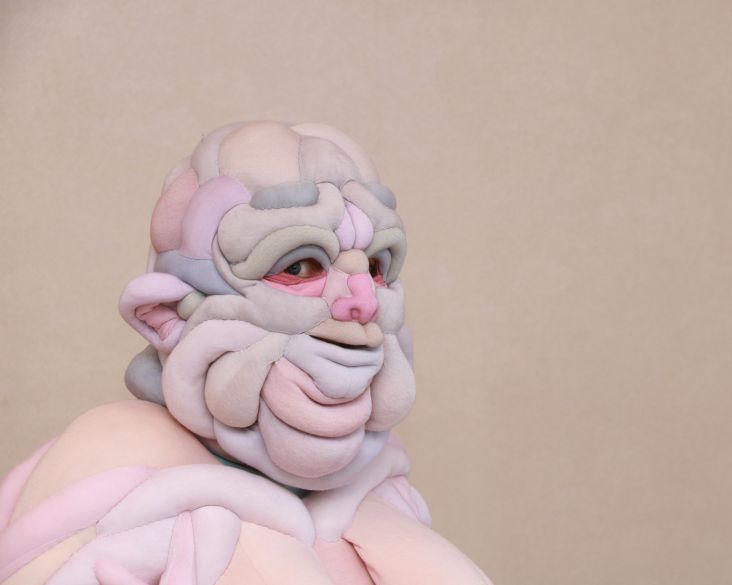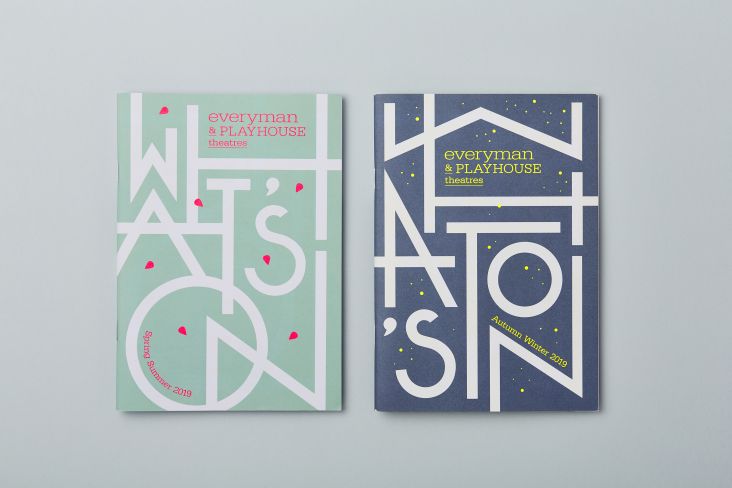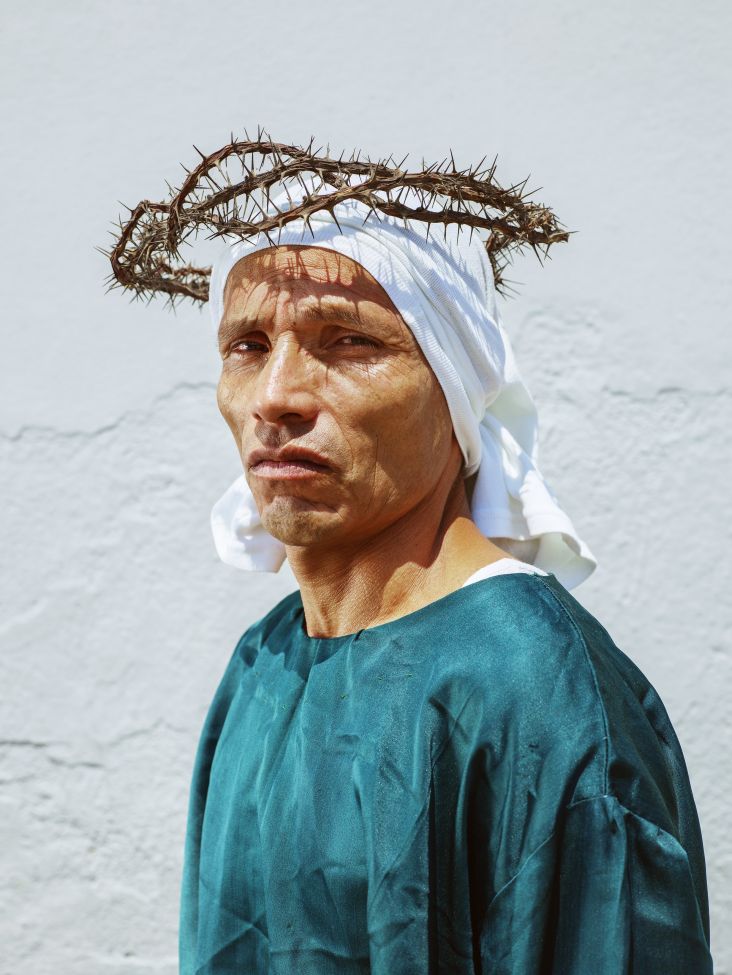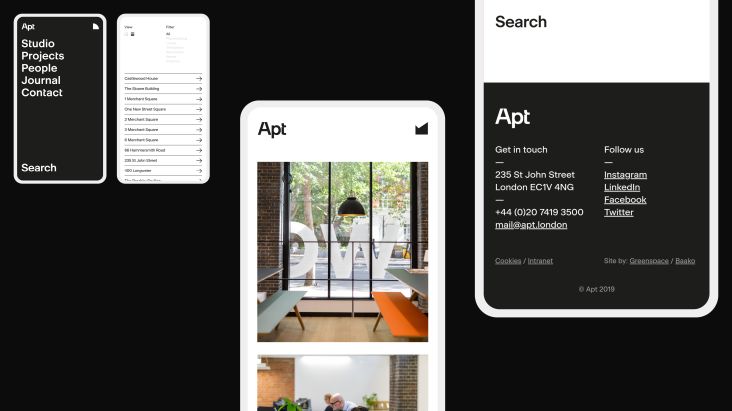Designs for a long-prohibited 'magical' Mexican spirit inspired by secrecy and myth
Design studio Shift, which is based in Monterrey, Mexico, comprises a multidisciplinary team of designers and thinkers that work across projects ranging from graphic design, packaging and visual identities to furniture, interiors, brand activations and more.
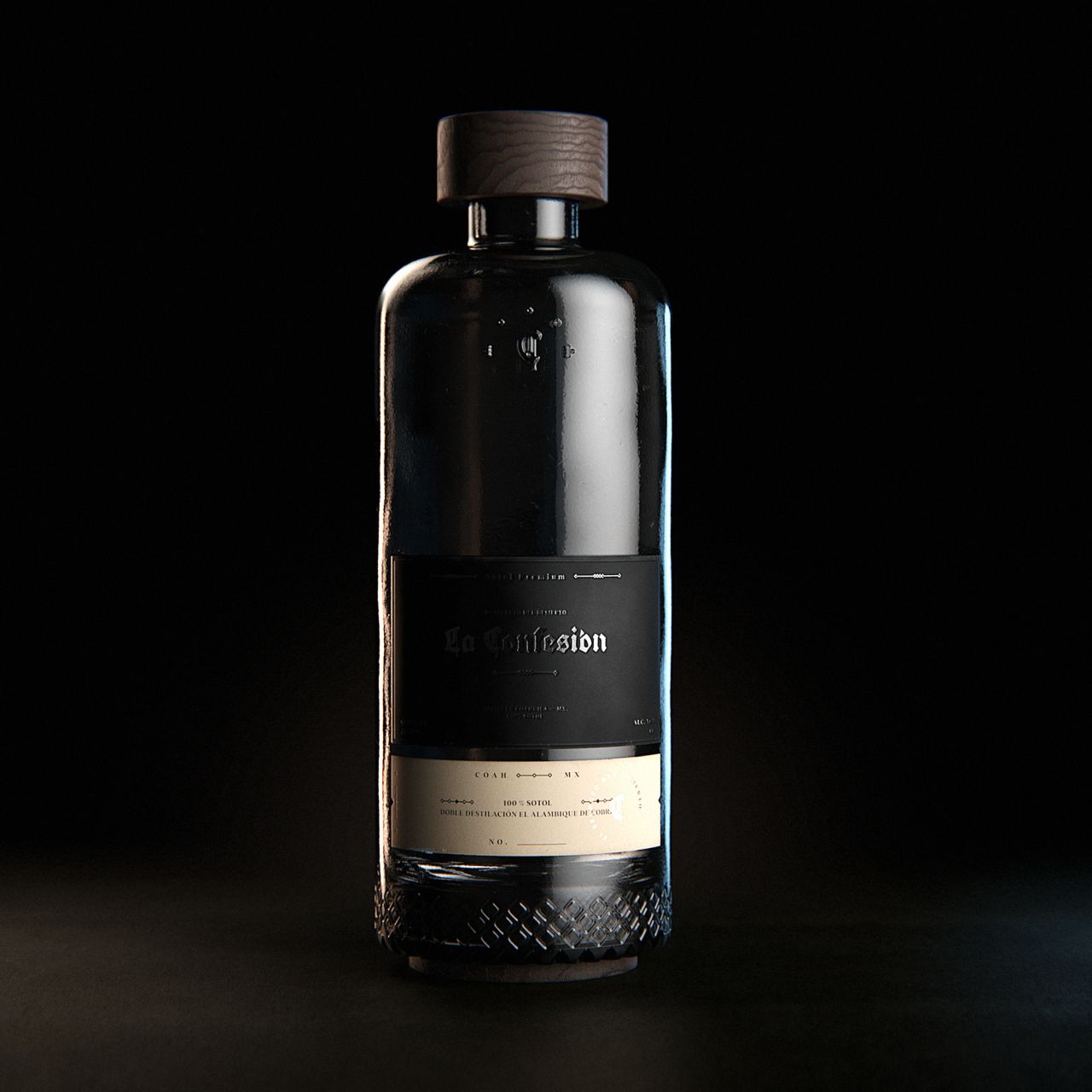
A beautiful recent project to emerge from the studio that caught our eye is Shift's designs for La Confesión, a premium Sotol spirit brand from Coahuila, a state in Northeast Mexico.
Sotol is a distilled spirit that dates back to Aztec times according to the studio and is made from the Desert Spoon plant (Sereque) using a process similar to the artisanal production of tequila and mezcal with Agave. "However, unlike Agave, a Desert Spoon plant requires 15 years to mature so that it can yield only one bottle of Sotol," the Shift team explains.
In Aztec civilisations, Sotol "was believed to have magic and curative powers," Shift adds. It later became a symbol of northern Mexican states during the Mexican Revolution that started in 1910 and lasted roughly a decade, and in 1920 Sotol production was prohibited. Since then, it has "become a mystical secret of these desert states as northerners kept producing Sotol despite prohibition and persecution," says Shift.
That's why the studio chose the name La Confesión—it implies that nature of secrecy. The overall aim of the branding in its strategy and visual identity aims to "nod to Sotol's unique properties, mystical history, and heritage; mixing both pre-hispanic and colonial elements," says Shift. The typefaces reference colonial printed media and writings found in confidential documents, contracts and letters, for instance. They are complemented by the textures chosen for the label paper, which incorporate foil finishes and small detailed cuts.
"A unique bottle design expands on this same concept but also seeks to enhance the drinking experience by integrating a wide and narrow drinking recipient as a call-back to how Sotol was served in ancient times," says Shift.
Meanwhile, the bottle shape is inspired by f Apothecary glassware, "with a modern and experience-oriented twist," Shift adds. "With a clean design, it still incorporates subtle details that reference Sotol’s manufacturing process; for the pattern at the bottom alludes to the rhombus shapes found in the Sereque plants when cut."
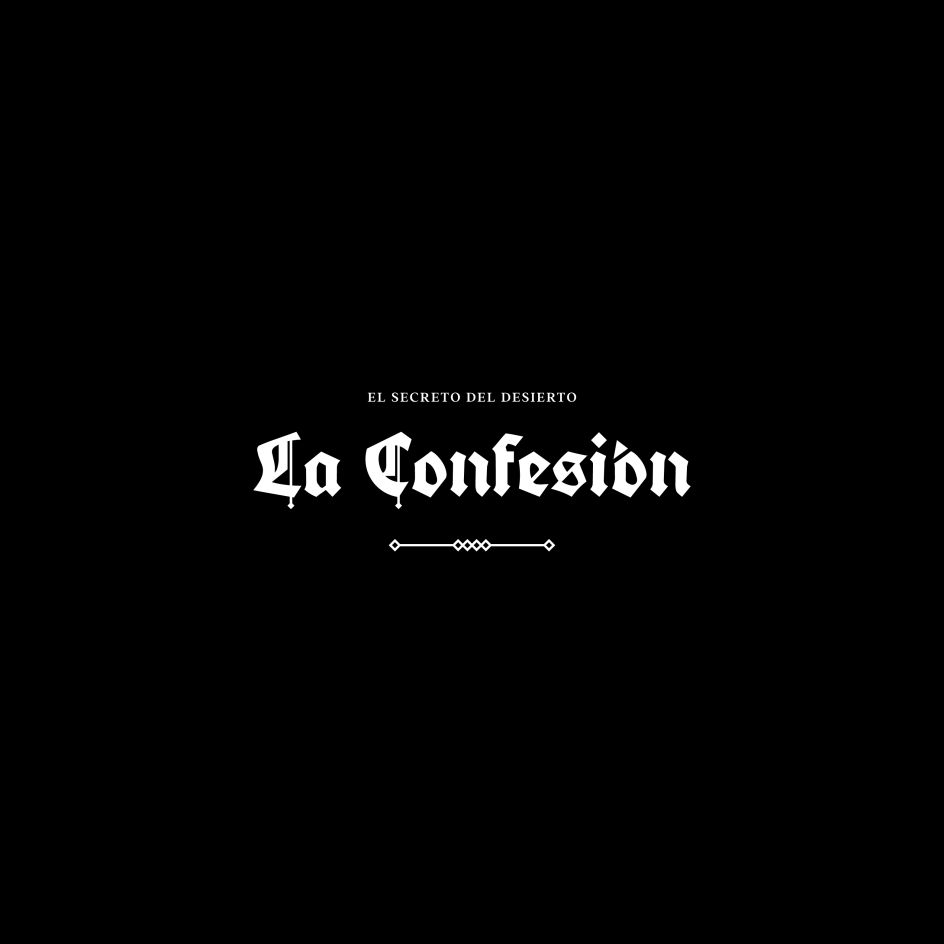
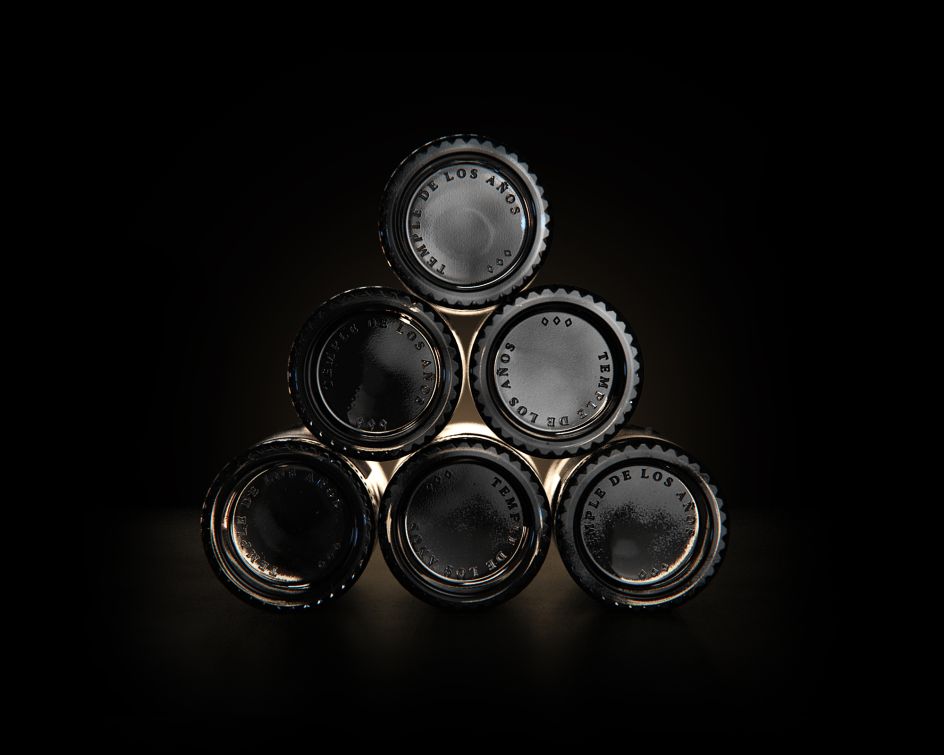
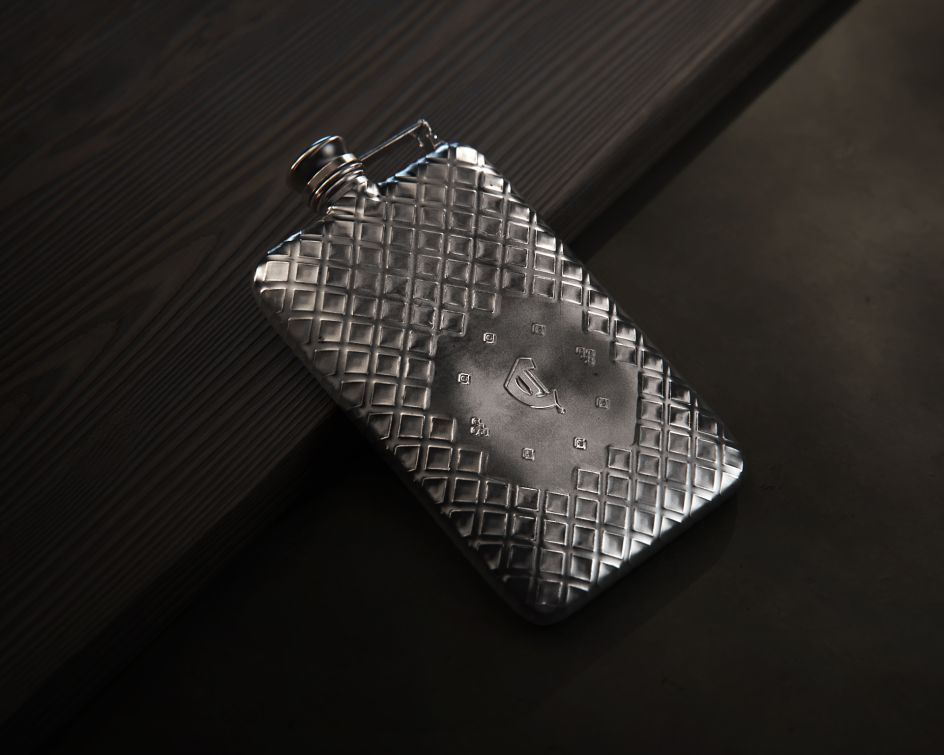
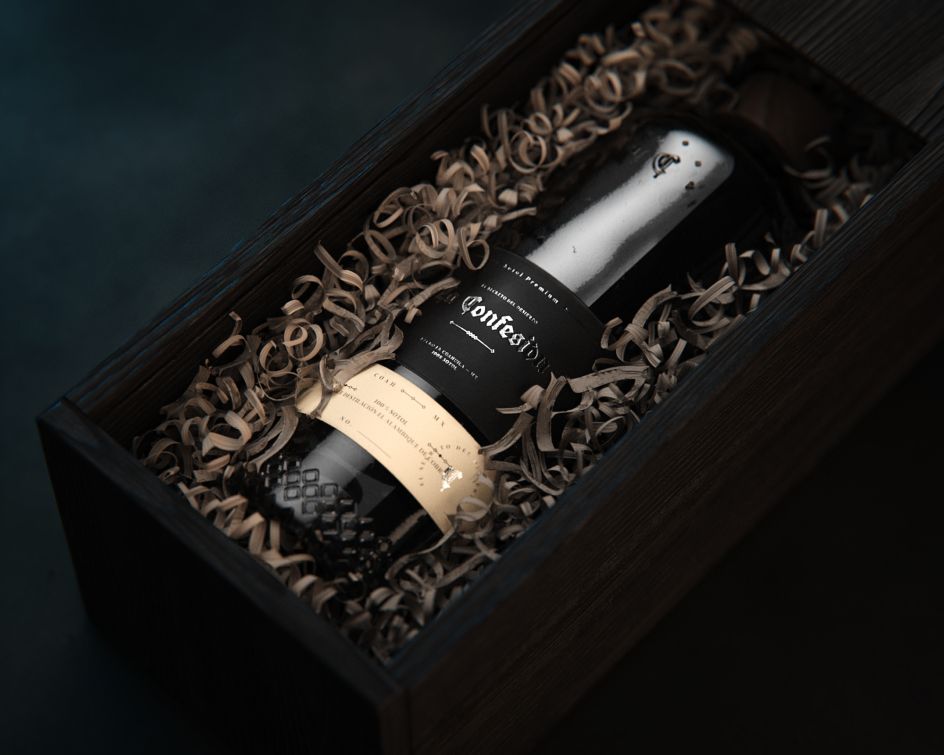
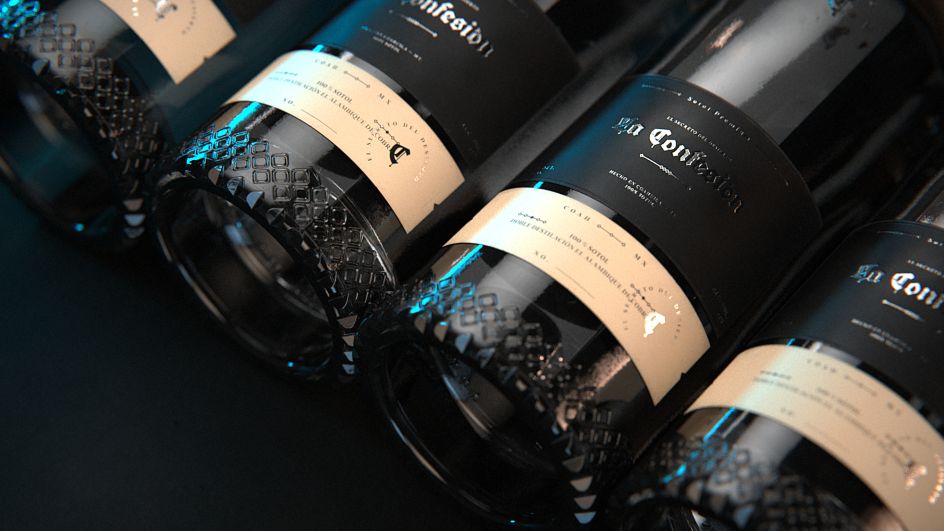
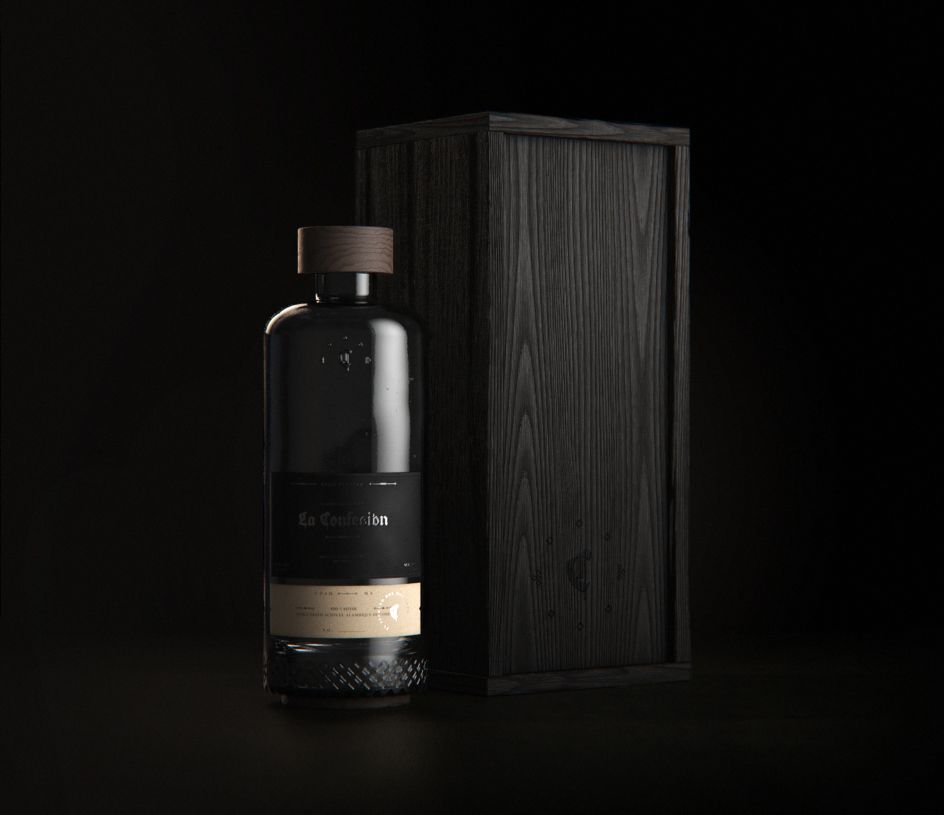
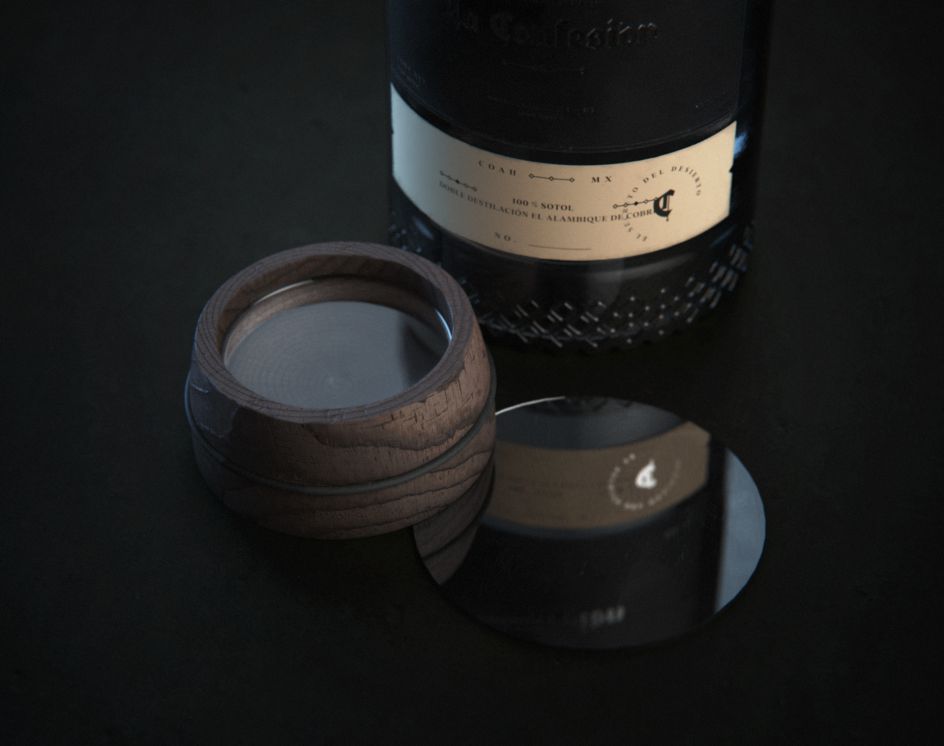
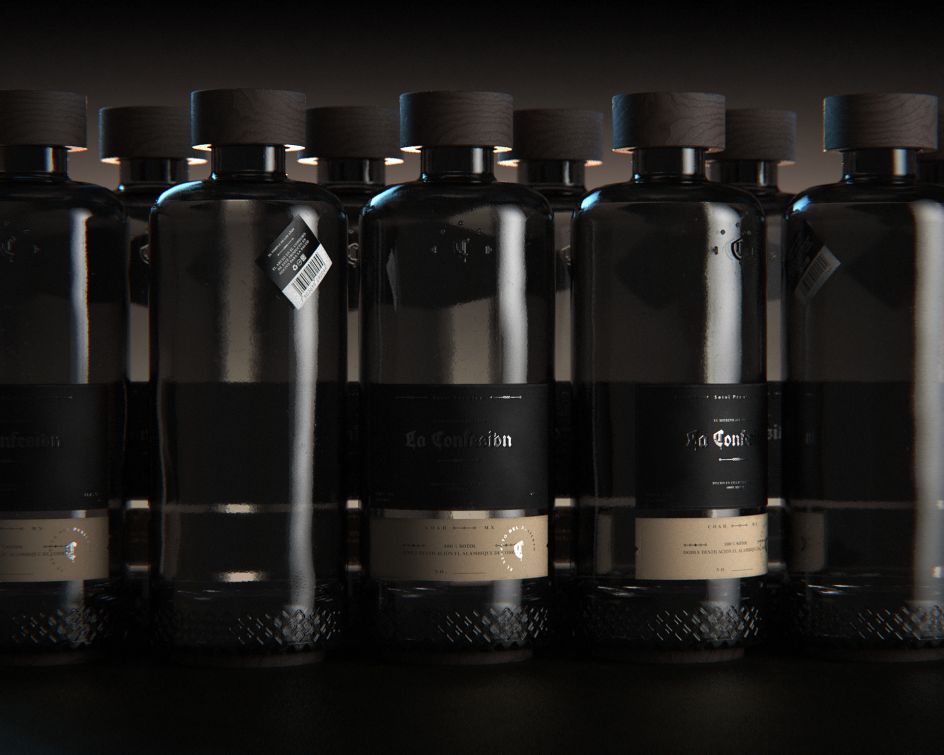
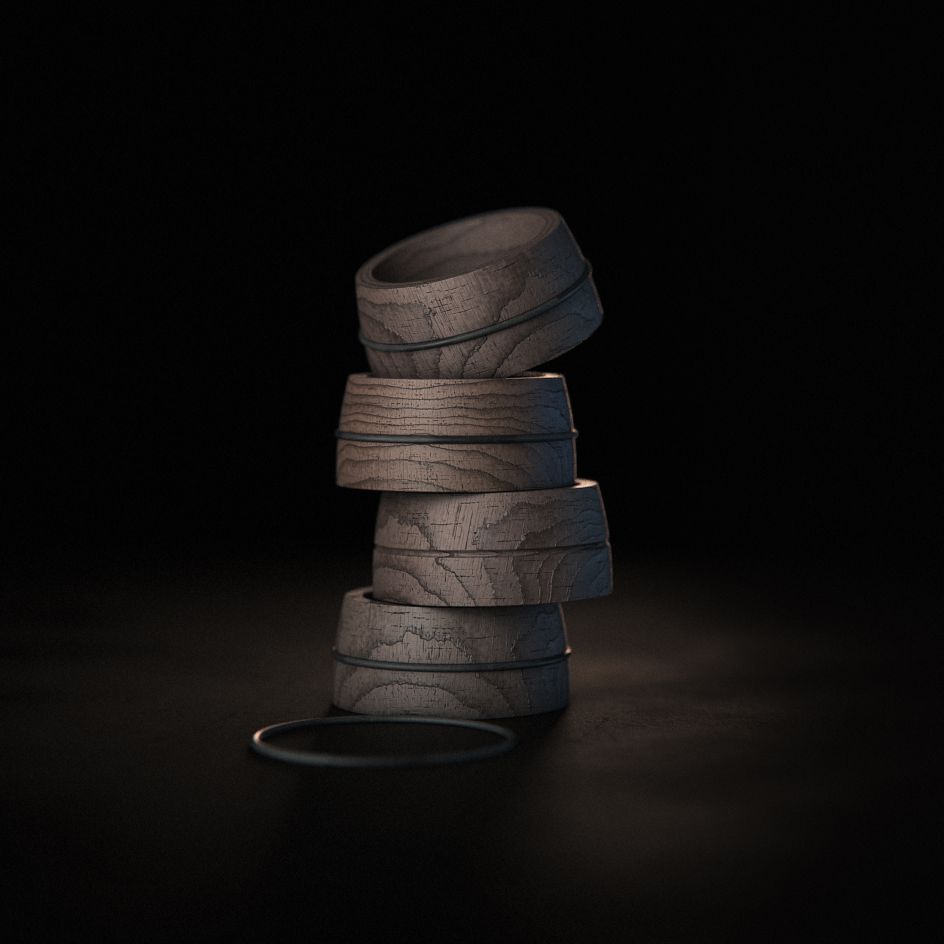
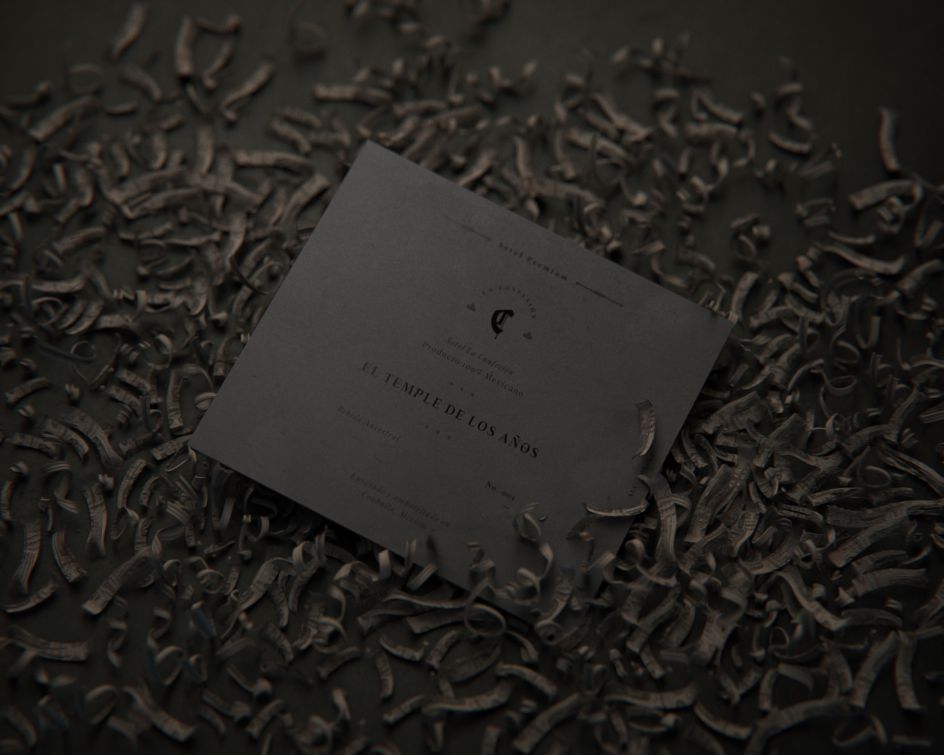
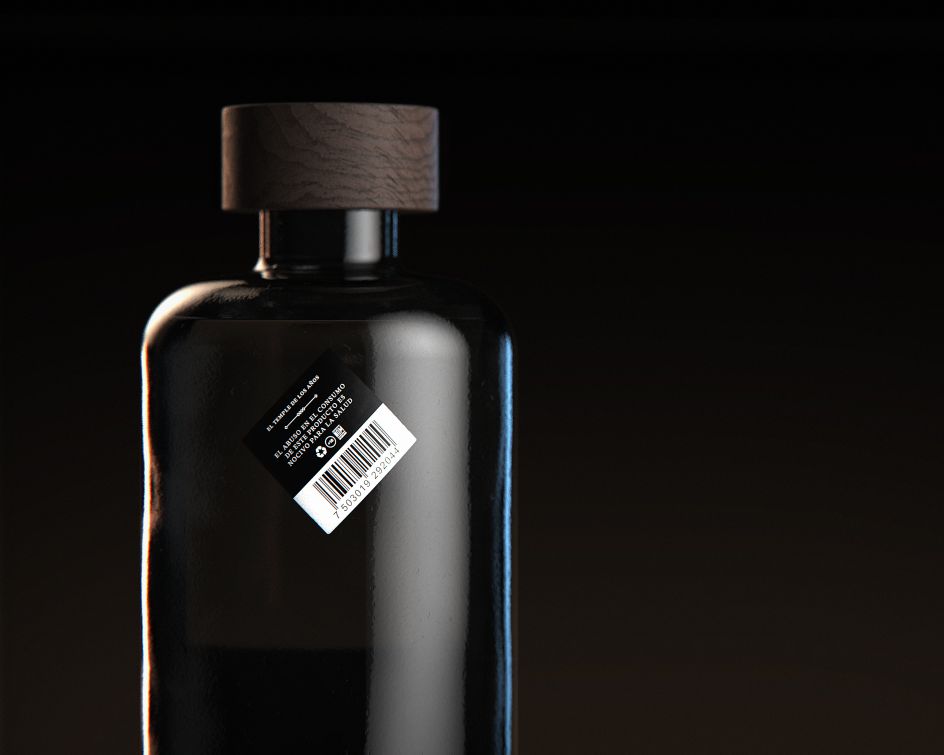
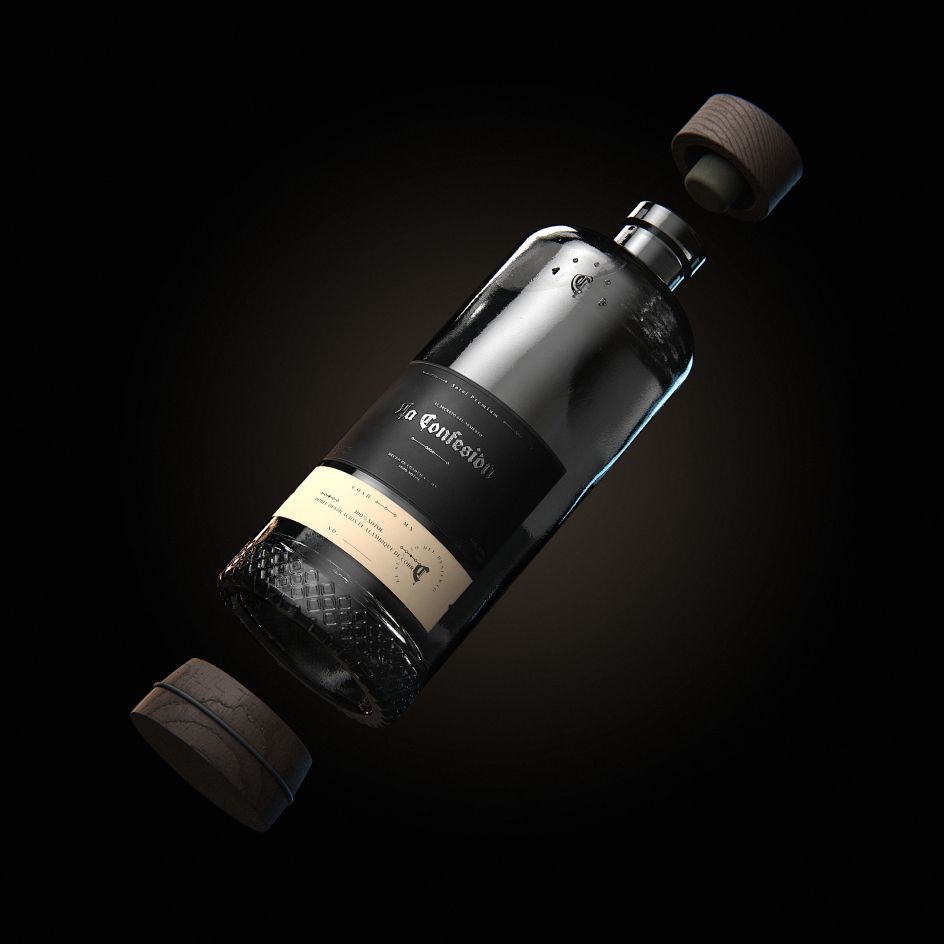

 for Creative Boom](https://www.creativeboom.com/upload/articles/06/063686a9a3b095b9b1f0e95df917ed4bd342be1b_732.jpg)



 using <a href="https://www.ohnotype.co/fonts/obviously" target="_blank">Obviously</a> by Oh No Type Co., Art Director, Brand & Creative—Spotify](https://www.creativeboom.com/upload/articles/6e/6ed31eddc26fa563f213fc76d6993dab9231ffe4_732.jpg)
 by Tüpokompanii](https://www.creativeboom.com/upload/articles/58/58684538770fb5b428dc1882f7a732f153500153_732.jpg)








